 |
 |
 |
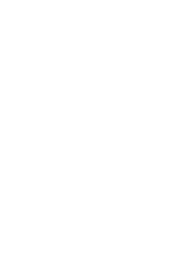
|
Philipp von Stubenrauch, Wiener Moden [Viennese fashions] from Wiener Zeitschrift für Kunst, Literatur, Theater und Mode, Vienna, 1825
Steel engraving
© MAK
|
|
 |
FASHION UTOPIAS: HAUTE COUTURE IN THE GRAPHIC ARTS
13/4/2016-4/9/2016
Haute couture is not a 20th-century invention; “high” fashion and valuable accessories have been en vogue since the early modern period. On the basis of graphic art from the late 15th century to the 1930s, the MAK exhibition FASHION UTOPIAS: Haute Couture in the Graphic Arts spectacularly illustrates the historical development of a passion for designs that fall between the extremes of utility and utopia. A selection of 200 examples from the MAK collection of works on paper, illustrated books, posters, and magazines recalls the past five centuries of European haute couture.
|

|
Posted 11 March 2016
|
Share this:
|
|
The exhibition FASHION UTOPIAS is not understood as an extensive survey of the development of fashion illustration, but rather it aims to provide an overview of the phenomena of European fashion illustration with the aid of select highlights from the holdings of the MAK Library and Works on Paper Collection. The Renaissance, the era of new beginnings and new trends, is manifested in the use of new kinds of fabric and materials, as evidenced in surviving image sources from the 15th to the early 17th century by the copperplate engravers Heinrich Aldegrever, Jost Amman, and Jacques Callot. An outstanding feature from this period that is displayed in the exhibition is a 140 cm long woodblock print by Heinrich Wirri, which was created in celebration of the marriage of Charles II, Archduke of Austria, to Princess Maria Anna of Bavaria. Included in a commemorative publication, the artwork provides a faithful picture of courtly displays of splendor.
|
|
|
|
|
|
|
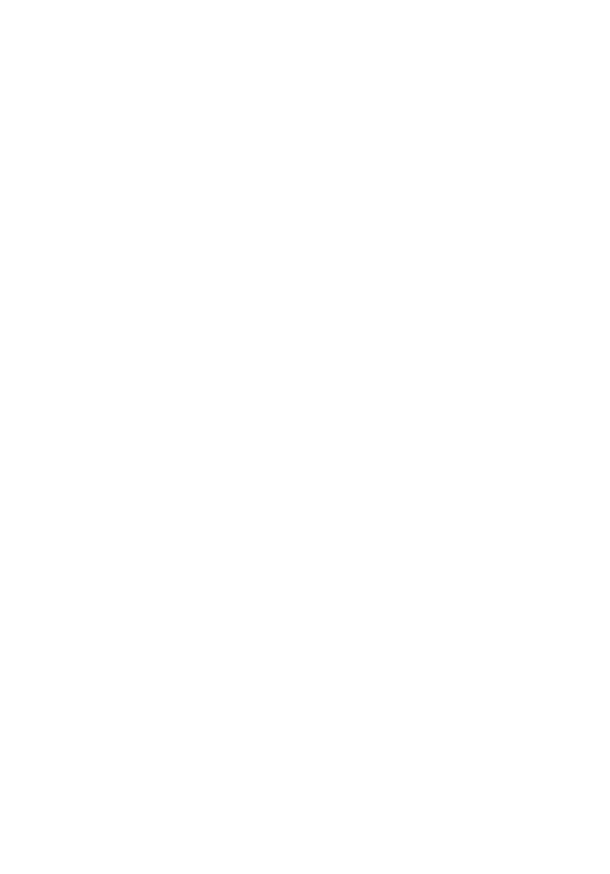
Felice Rix, Mode Wien 1914/15 [Viennese fashion 1914/15], Vienna, 1914–1915
Linocut
© MAK
|
|
|
|

|

|

|
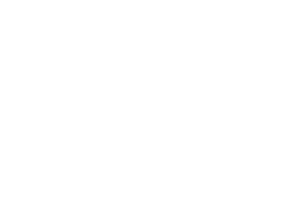
Anonymous, Khevenhüller chronicle, Madrid, 1625
Ink and tempera on paper
© MAK
|
|
With the Khevenhüller chronicle from 1625 FASHION UTOPIAS: Haute Couture in the Graphic Arts presents yet another marvelous work from the MAK Collection, which has hardly ever been on public display. Large-format tempera illustrations document in great detail the history of the family, its characters, and belongings. The sumptuous clothing depicted would go on to provide a model for the fashion designs of historicism.
The historical significance of fashion journalism is conveyed by the exhibition through an insight into the first fashion magazines. Published from 1786 to 1827, the Journal des Luxus und der Moden—the counterpart to the French Élégance Parisienne—was one of the first German-language fashion magazines and featured richly colorized copperplate engravings on the cusp from classicism to Biedermeier. Tight, waistenhancing, and figure-shaping corsets were released by airy chemise dresses in the age of empire. Circular hooped skirts were supported by numerous underskirts; sleeves gained balloon-like proportions with the aid of horsehair and whalebone. Patterned fabrics with small flowers, bows, and ruches, as well as hats with ribbons and floral decorations, were used in great abundance. The introduction to the first magazine explores the topic of luxury in fashion, with “luxury” in this context undoubtedly referring to wasteful opulence in everyday life.
|
|
|
|
|

|

|

|
The Englishman Charles Frederick Worth is considered to have been the actual founder of haute couture. In the 1860s, he elevated “high” tailoring and dressmaking to the status of a dedicated branch of industry, and in 1868 Worth founded the association Chambre syndical de la haute couture to protect his designs from being copied. Even today, the association still regulates the criteria for joining this elite federation. Paul Poiret, a student of Worth, emerged as the first fashion designer of this genre. During his visit to Vienna in 1911 he made contact with the Wiener Werkstätte, whose textiles would capture his imagination. Designs by Maria Likarz, Felice Rix, Dagobert Peche, and Eduard Wimmer-Wisgrill bear witness to the mutual nature of this inspiration, which ultimately culminated in the portfolio Mode Wien 1914/15 [Viennese fashion 1914/15].
|
|
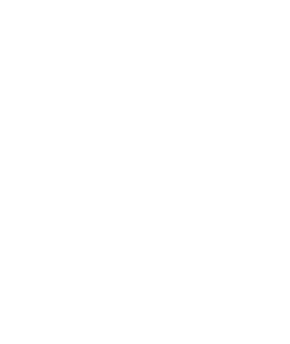
Dagobert Peche, Die Moden der Wiener Werkstätte [Wiener Werkstätte fashions], Vienna, ca. 1920
Lithograph
© MAK
|
|
|

|

|

|

|

|
|
|
Alfred Albert, Fashion illustration from La Haute Nouveauté de Paris, Paris, 1872
Chalk lithograph
© MAK
|
|
|
|
|
Guido Gonin, Fashion illustration from La Modiste Universelle, Paris, 1888, Chalk lithograph
© MAK
|
|
|
|
|
Bertold Löffler, Portrait of a lady (Part of the furnishings for the Café Schwarzenberg), Vienna, 1913
Oil on canvas
© MAK
|
|
|
|

|

|

|
Since 1863 the MAK Library and Works on Paper Collection has collected—in line with the founding mission of the museum—samples to improve the artisanal and aesthetic quality of the products of Austrian arts and crafts and industry. Today, this collection comprises 250 000 volumes (manuscripts and early printed books, sample books for every branch of arts and crafts, as well as artists’ books from the 15th to the 21st century) and 400 000 works on paper (ornamental prints, samples of graphic art, design drawings, commercial graphic design, posters, and photographs from the Renaissance to the present day).
The idea for the exhibition FASHION UTOPIAS: Haute Couture emerged over the course of more than six years spent reappraising the considerable holdings of so-called commercial graphic design in the MAK Library and Works on Paper Collection. The findings of this comprehensive research project will result in a publication to be released in 2017 called Ephemera: Commercial graphic design in the MAK’s Works on Paper Collection.
|
|
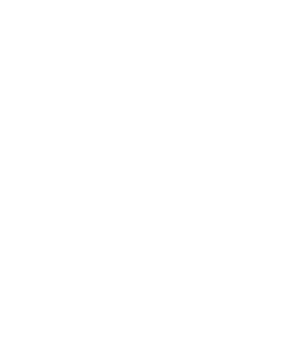
Esnauts/Rapilly, Four hairstyles, from 2. Cahier des Nouveaux Costumes Francais pour Coeffeurs, Paris, 18th century
Copperplate print
© MAK
|
|
|

|

|

|

|

|
|
|
Ernst Deutsch-Dryden, Sketch of an evening gown, Hollywood, ca. 1936, Drawing
© MAK
|
|
|
|
|
Joseph Trentsensky, Paris u. London , Vienna, ca. 1834
Lithograph
© MAK
|
|
|
|
|
Eduard Josef Wimmer-Wisgrill, Mode Wien 1914/15 [Viennese fashion 1914/15], Vienna, 1914–1915
Linocut
© MAK
|
|
|

|

|

|
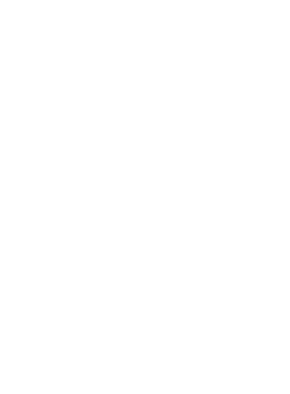
Romeyn de Hooghe, Ein Eisläufer (Eishockeyspieler) [An ice skater (ice hockey players)], from Figures a la mode [Fashion pictures], Amsterdam, 17th century
Etching
© MAK
|
|
Exhibition Venue
MAK Works on Paper Room MAK, Stubenring 5, 1010 Vienna
Opening Hours
Tue 10 a.m.–10 p.m., Wed–Sun 10 a.m.–6 p.m. Free admission on Tuesdays from 6–10 p.m.
Curator
Kathrin Pokorny-Nagel, Head, MAK Library and Works on Paper Collection/Archive
MAK Admission
€ 9.90 / Reduced € 7.50 / Family Ticket € 13
Free admission for children and teens under 19
Curator-Guided Tour
Thu, 14 Apr 2016, 5 p.m., with Kathrin Pokorny-Nagel
Interactive Tour/Dialogue
Back to the Future
Sun, 24 Apr 2016, 4 p.m., with Brigitte Felderer
Precious fashion publications from the Library and Works on Paper Collection are our focus. Produced in Vienna at the beginning of the 20th century, the de-signs reveal a story of the future that is still relevant today.
|
|
|
|
|

|

|

|
MAK4FAMILY
Fashion: dress—undress—change Workshop for the whole family (ages 4 and older)
Sat, 14 May 2016, 2–4 p.m.
Sat, 28 May 2016, 2–4 p.m.
We will find inspiration in fashion from the 16th cen-tury to the present day and then create our own clothing lines: MINI MAK Haute Couture. Come and draw, rip, stick, and staple.
Costs: children € 2, accompanying adults € 7.50 Information and registration: T +43 1 711 36-298, education@mak.at
MINI MAK Tour
Fashion Utopias: Dress—undress—change. A tour of the exhibition Sun, 15 May 2016, 11 a.m.
Symposium
Parallel to the exhibition, a symposium will take place: THE FASHION SYSTEM/REVISITED: (Psycho-) analytical approaches
Fri, 24 – Sat, 25 Jun 2016
MAK Lecture Hall
A cooperation between the Wiener Psychoanalytische Akademie and the MAK.
See the Agenda>
MAK - AUSTRIAN MUSEUM OF APPLIED ARTS/CONTEMPORARY ART
Stubenring 5
A-1010 Wien
www.mak.at
|
|
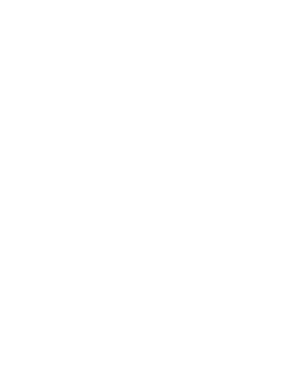
Erni Kniepert, Poster for the Internationale Modeausstellung Wien 1933 [1933 international fashion exhibition in Vienna], Vienna, 1933
Lithograph
© MAK
|
|
|
|
|
|
|
|
|
|


